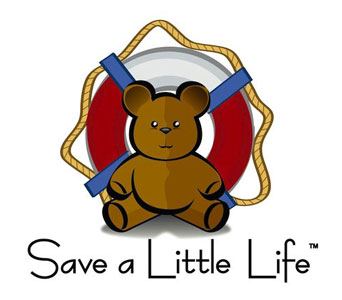CPR GUIDELINES FOR DROWNING
As the weather heats up in Southern California, so does the risk of drowning. Drowning is the second leading cause of fatalities in the pediatric population and, as we know, too many of these events occur in the presence of a parent or care provider.
Our overriding emphasis should be focused on primary prevention. Should these measures fail, the immediate focus is on CPR, well before the arrival of the paramedics.
A recent study, published by the Department of Emergency Medicine at The Children’s Hospital at Westmead, Sydney, NSW, Australia tends to confirm what is already well established: Bystander CPR is a major factor for a good outcome in near-drowning episodes.
During an 11 day period in January, 2007 (Summer season in Australia), eight children experienced drowning or near-drowning events. Four of the victims received CPR within 5 minutes of immersion and survived with good functional neurological outcomes (no brain damage.) The other four were not discovered for over 5 minutes and all of those children died.
Experts in the field of emergency medicine acknowledge that survival of drowning victims is usually a result of immediate CPR, prior to the arrival of paramedics. Many of those who survive are already conscious and breathing by the time an emergency responder arrives.
IF ALONE WITH A DROWNING VICTIM
If we hope to give the victim a chance of survival, CPR needs to be started IMMEDIATELY upon getting the victim out of the water. IF you are alone with the victim, perform CPR for at least 2 minutes before attempting to call 9-1-1. The current CPR guideline for drowning victims is 30 chest compressions followed by 2 rescue breaths. This is the same technique for victims on dry land.
Remember, the key emphasis is always on prevention. The gold standard of safety with babies & children is to remain within arms reach and always be focused on them.
Have a safe and fun summer season!



